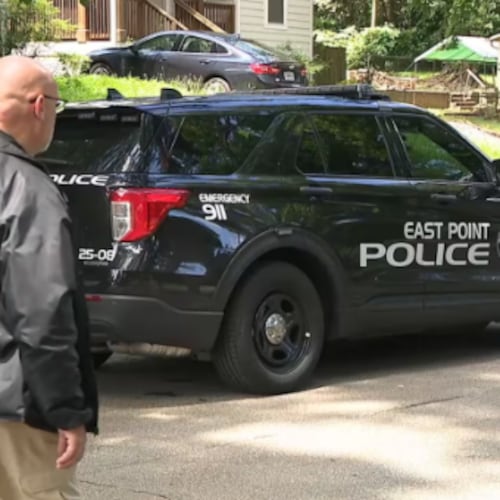Alpharetta officials want land where a community settled in the early 1800s to receive a historic designation and become a park.
Property located in the northeast corner of Ga. 400 and Old Milton Parkway was the site of the Farmhouse community that settled there in the 1830s, officials said.
Alpharetta wants to add the 6.2 acres of land to its list of historic resources and turn it into Farmhouse Community Heritage Park. Kathi Cook, Alpharetta community development director, made the request to City Council last week.
City documents show Farmhouse was an enterprising settlement with a post office, gristmill, sawmill and cotton gin and continued to be a working community into the 1900s, although it’s unknown how many people lived there.
According to the city, the land has a stream once known as “Slick Rock,” because it flowed over large, smooth rocks and through the remnants of a dam built near the gristmill.
Assistant City Administrator James Drinkard said that officials are unsure of how far the Farmhouse settlement stretched beyond the six acres.
Triad-New Castle LLC owned the land considered for historic designation as well as two acres where Quik Trip gas station now stands, Drinkard said. Triad gave the six acres to the city in exchange for impact fees valued at $220,000, Drinkard said.
A 2019 documentary titled, “Saving Farm House” was screened at City Hall last year. Historians Connie Mashburn, Pat Miller and William S. “Billy” Bates provided research for the film.
About the Author
Keep Reading
The Latest
Featured



